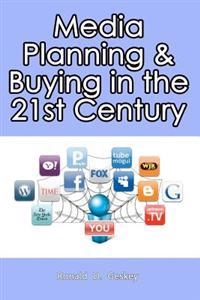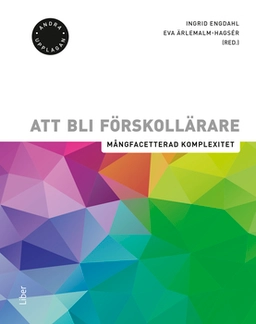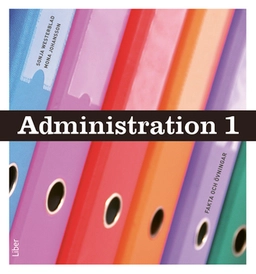Unlike existing media texts, Media Planning and Buying in the 21st Century places emphasis on media planning and buying in the context of the major marketing and communications trends, from integrated marketing communications, the integration of traditional, digital and social media, the recognition that media buying and selling as equal partners with planning, and much more . We are in the early stages of a marketing and media revolution, but existing media books are still stuck in the 20th century. IMC continues to be ignored by many agencies. Accountability and ROIstill an alien concept. Social media are barely mentioned. There is little recognition of media convergence. And so on. Yet, consumers are gaining more and more control over their access to product information and media consumption-- getting the information they want when it is relevant. Interactive opportunities with consumers are growing exponentially. The emergence of new digital media including search, mobile, and internet video, is both empowering for consumers and is creating new communications opportunities for brands. Organizationally, the textbook introduces important subjects in a logical, sequential manner, beginning with an introduction and positioning of media, followed by the basics of media math, and the concepts of audience, costs, and impact. Next is a discussion of the issues affecting media planning-- from marketing and communications roles to defining target markets and more. At this point, students have sufficient background to develop a strategic media plan (workbook provides cases). After the plan is done and approved, it must be executed, so media buying and negotiation is discussed. Finally, what is the future...? Part I: INTRODUCTION 1. Welcome to the Future 2. The Business of Media 3. The Revolution Part II: THE BASICS 4. Media Math Refresher 5. Understanding Media Audience Concepts 6 Understanding Media Costs 7. Understanding Media Impact PART III: MEDIA PLANNING CONSIDERATIONS 8. Media in Marketing 9. Media Communication Models 10. Defining the Target Audience 11. Geographic Issues 12. Timing & Scheduling Issues 13. Developing a Budget to Grow By 14. Integrated Marketing Communications 15. Traditional Media 16. New & Digital Media 17. Social Media 18. How to Develop a Strategic Media Plan PART IV: MEDIA BUYING 19. Introduction to Media Buying & Negotiations 20. Buying Broadcast Media 21. Buying Print Media 22. Buying Internet Advertising 23. Non Traditional Buying Channels PART V: THE FUTURE 24. Media in the Future
Åtkomstkoder och digitalt tilläggsmaterial garanteras inte med begagnade böcker





















